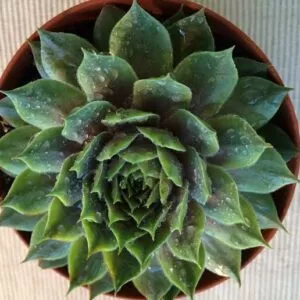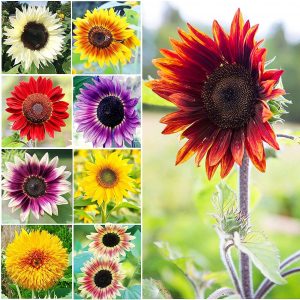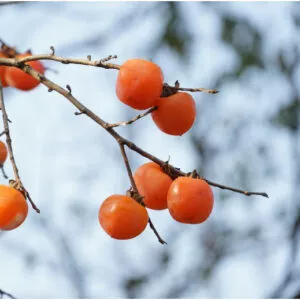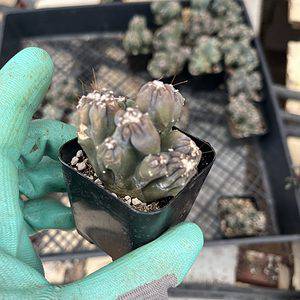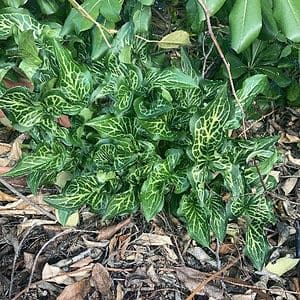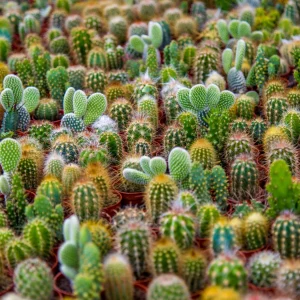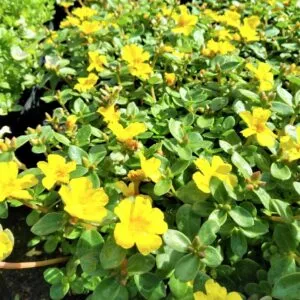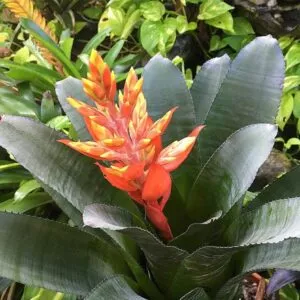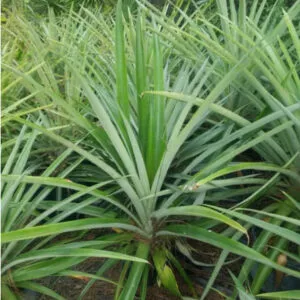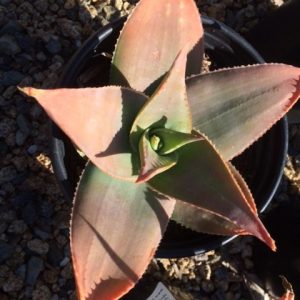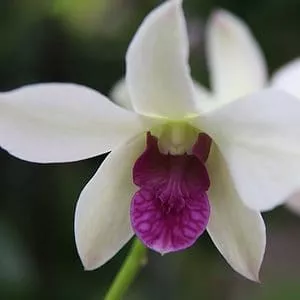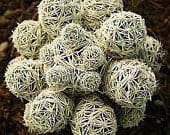No products in the cart.
Table of Contents
Did you know that this plant everyone confuses with ginger? Yes, the galangal plant has a long history to its near cousin.
But, as you can find ginger fresh to ground sold in stores, this Thai ginger is not that easy. So, instead of buying this spice, why not grow your own instead. How? Keep reading as you learn everything about this spicy plant here with us.
What Is The Plant Galangal?
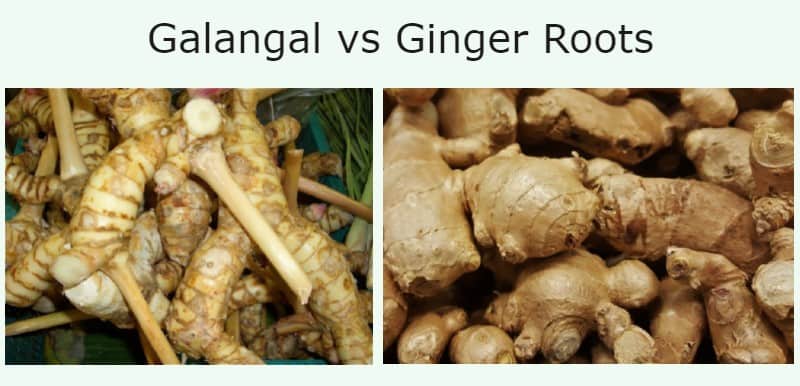
When you look at the galangal rhizome (Alpinia galangal) and ginger root (Zingiber officinale), they can look similar. But the truth is that galangal is an aromatic root used by many people in the Middle Ages.
It is difficult to cut, and it has a very intense flavor compared to ginger. It was a hot item traded from China, Indonesia, to Europe. Still, when it reached the Western world, it just vanished.
People used it mostly in Southeast Asian cuisine and even for medicinal purposes. Both the Thai ginger and galangal plants grow with tubers that branch into rhizomes.
Another interesting fact is that this spicy plant has two forms. The first is the Alpinia galanga (greater) and Alpinia officinarum (lesser) forms.
Your first plant is more significant and grows up to six feet tall, and the roots are used for culinary purposes. While the lesser one people use as Chinese medicine as it is smaller growing up to three feet tall.
The tropical plant also goes by many names, and the Chinese call it blue ginger while the Malays say lengkuas or galangal. The rhizomes can vary in size or shape and have semi-smooth light brown to tan skin that is firm and hard.
When you cut through the woody skin, you see a pale yellow to ivory flesh with a floral aroma. Compared to ginger, it has a mustard-like flavor that is earthy yet woodsy and adds a subtle citrus undertone to food.
Growing Galangal
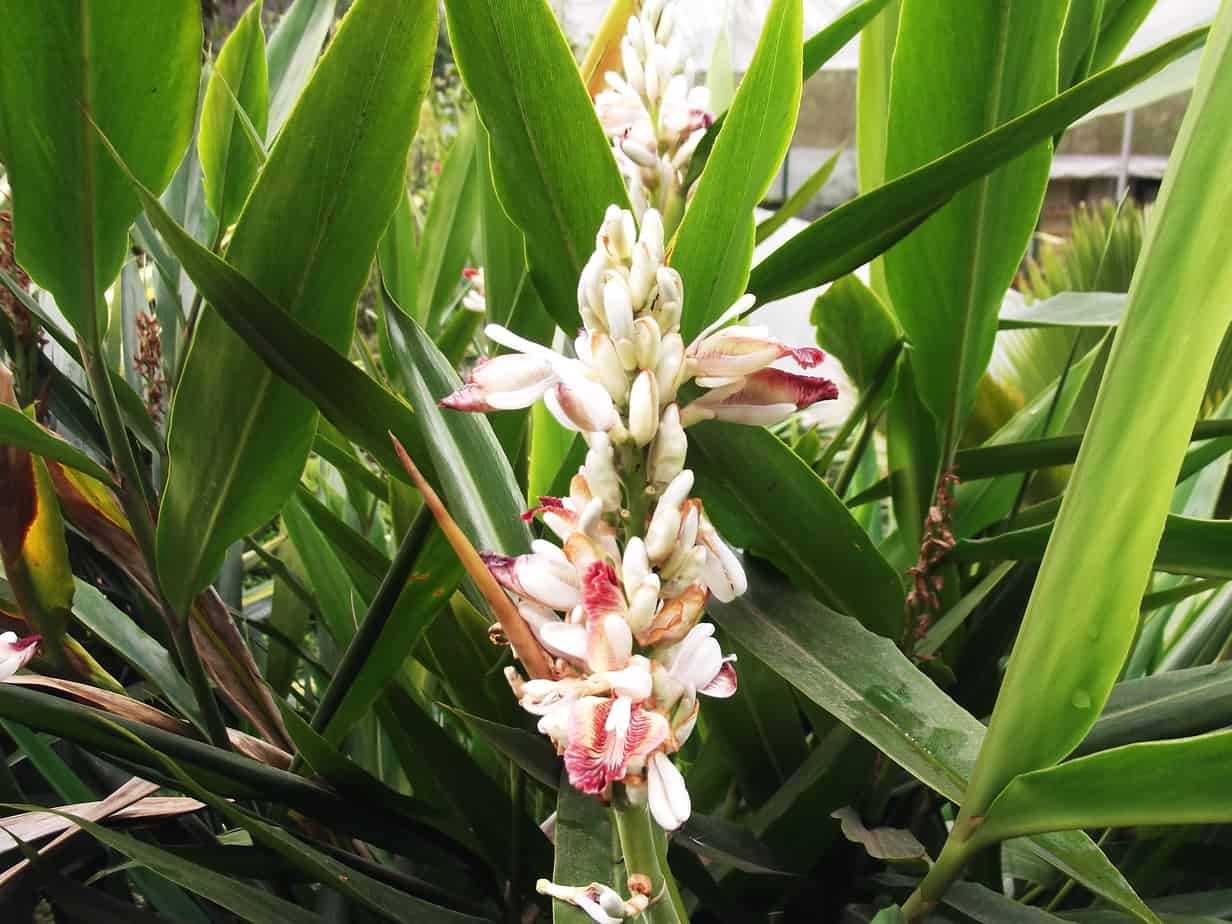
While the popularity of this root increases finding a fresh one is not always easy. So instead of hunting for one, you can grow one instead. When it comes to galangal plant care, it is low-maintenance and has ornamental qualities for growing indoors.

In stock In stock In stock In stock
$9.99
Sold By:
Succulent Oasis
Medium Succulent Plant – Hen’s and Chicks Sempervivum Kalinda
Rated 4.84 out of 5 based on 352 customer ratings01
Sold By:
Succulent Oasis
Free Shipping
$9.96 – $11.96
Sold By:
CZ Grain
Sunflower Seeds for Planting – Jumbo Mix Pack – 15+ Varieties – (Helianthus annuus) – Non-GMO Seeds
Only 883 available and it’s in 3 people’s basket Rated 4.60 out of 5 based on 156 customer ratings00
Sold By:
CZ Grain
Free Shipping
$9.29
Sold By:
CZ Grain
100 Dahlia from Seed to Flower
Rated 4.60 out of 5 based on 156 customer ratings01
Sold By:
CZ Grain
Free Shipping
$24.97
Sold By:
Grow Your Own Food Nursery
Bare Root American Persimmon Tree
Sold By:
Grow Your Own Food Nursery
Best Potting Mix for Galangal Plants
You can grow galangal in early spring in your garden, or you can grow them in a gallon-sized container. One thing about this delicious spice is that it is a low-maintenance plant.
It is happiest when you provide it with a well-draining, loamy, and organic matter. When growing in pots, water-retaining soil helps to ensure you can enjoy fresh galangal.
Another notable thing if grown as an outdoor plant or a houseplant it helps to add some straw mulch to keep the ground moist.
Ideal Lighting Needs for Growing Galangal
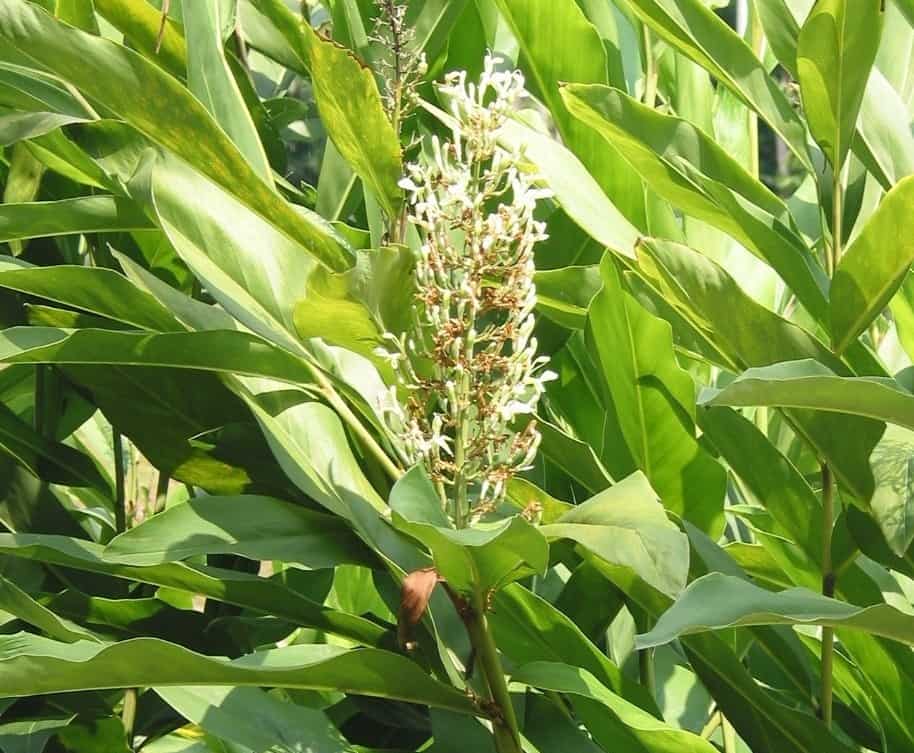
Whether you grow the greater galangal or the lesser galangal, lighting plays an important role. You can grow this tropical plant in full sun, but as it is a huge perennial plant, it can lead to sun scorching in summer.
When grown indoors, you can keep your galangal near a window that receives about six hours of direct sunlight a day. Or when you plant galangal outside, you can grow them with lemongrass, orchids, or ginger.
Watering Your Galangal Alpinia
In the beginning, young shoots need a lot of water, but it requires less moisture in fall and winter once established. So instead, you can water deeply to help young sprouts develop their roots.
Once your Alpinia galanga settles, you can dial back on your watering to keep the soil evenly moist. Then, when winter arrives, you can leave the top inch of the ground to dry out between watering.
Your indoor plant remains green to harvest galangal throughout the year. Still, do not let the galangal roots dry out completely for a long time.
The rhizomes become tough and fiber-ish when overwatering the root ball base leading to root rot.
In stock In stock In stock Only 1 left in stock
$7.00
Sold By:
Smoot's Farm
Aloe Aristata Lace Aloe 2″ Pot Live Plant
Rated 4.89 out of 5 based on 27 customer ratings00
Sold By:
Smoot's Farm
$9.99
Sold By:
Succulent Oasis
Medium Succulent Plant – Crassula Conjuncta.
Only 39 available and it’s in 2 people’s basket Rated 4.84 out of 5 based on 352 customer ratings02
Sold By:
Succulent Oasis
$4.89
Sold By:
Cacti and Exotica
Cactiandexotica Cereus forbesii | Ming thing | 2″ Pot
Rated 4.98 out of 5 based on 59 customer ratings00
Sold By:
Cacti and Exotica
Free Shipping
$18.00
Sold By:
Bay Urban Habitat
Italian arum bulbs aka winter caladium
Only 1 available and it’s in 1 people’s basket
Sold By:
Bay Urban Habitat
Alpinia Galangal Temperature & Humidity

As the galangal originates from the tropics, it loves high humidity with warm temperatures. Thus, it thrives in tropical Asia, growing in partial shade from the sun.
Thus planting galangal in similar climates plays a vital role in providing those delicious roots. In addition, during summer and growing in a dry place, it helps grow them outdoors near a pond or fountain.
When grown as a houseplant, the same applies to keeping the soil moist and surrounding your galangal with other tropical plants to create the proper humidity. Then, in early winter, you can harvest the galangal roots to help prevent rotting by only leaving a few hands.
Provide the rhizomes outdoors with heavy mulch to keep them dry and warm. FYI, this is a tropical plant that loves high humidity, and if you’re planning to grow them indoors place them near a sunny window. A humidifier will be a great help as well in increasing humidity.
Fertilizing Thai Ginger
Planting galangal provides you with a few galangal roots and can benefit from using a liquid feed every month. In addition, you can provide a slow-release type to your perennial herb if you see the leaves look a bit stressed.
Propagating Galangal Plant

Planting galangal is not only a very low-maintenance plant, but you can grow them from seed. But doing this is not always visible as the seeds are not sterile.
So the best to propagate your exotic plant is by using division or transplanting the galangal rhizomes. Still, no matter what method you choose, the important thing for growing galangal is to prepare the soil.
In stock In stock In stock Only 1 left in stock
$7.00
Sold By:
Smoot's Farm
Aloe Aristata Lace Aloe 2″ Pot Live Plant
Rated 4.89 out of 5 based on 27 customer ratings00
Sold By:
Smoot's Farm
$9.99
Sold By:
Succulent Oasis
Medium Succulent Plant – Crassula Conjuncta.
Only 39 available and it’s in 2 people’s basket Rated 4.84 out of 5 based on 352 customer ratings02
Sold By:
Succulent Oasis
$4.89
Sold By:
Cacti and Exotica
Cactiandexotica Cereus forbesii | Ming thing | 2″ Pot
Rated 4.98 out of 5 based on 59 customer ratings00
Sold By:
Cacti and Exotica
Free Shipping
$18.00
Sold By:
Bay Urban Habitat
Italian arum bulbs aka winter caladium
Only 1 available and it’s in 1 people’s basket
Sold By:
Bay Urban Habitat
Plant Galangal Using Division

You can divide the galangal rhizome from your mother plants into two or more new plants. The method described works for both garden and container plants.
- Dig up your entire plant in spring or fall by inserting a fork about a foot away from the plant base (outdoors) or removing the whole plant from the container.
- Knock the ground off the roots and rinse off the dirt.
- Take a study knife or saw and cut the galangal rhizomes into four-inch pieces leaving as much foliage attached.
- Replant the roots as described next.
Grow Galangal from Rhizomes

The fantastic thing is you can grow your new galangal from the rhizome you buy in the store. Still, choose one that is firm and not shriveled. Then, as with division, cut the rhizome into four-inch pieces:
- We are planting one galangal rhizome (3 inches deep) and multiple galangal rhizomes (18 inches apart). For container planting, place one tuber per gallon-sized pot.
- Water well, keep the soil moist, and place the pot in six hours of indirect sunlight for gardens to plant in partial shade.
Once your new shoot has roots and leaves in a few weeks, you can transplant them outside. Before transplanting, place your galangal in a protected area for up to an hour and bring them back inside.
The next day you can leave them outside for two hours and add an hour every day until a week. Now, you can transplant your spicy plant into the ground.
Growth Zone for Galangal Plant
You can grow your evergreen in the hardiness zones 9-12 as a perennial and in zones 7-8 as an annual. While a light frost will not kill your galangal plant, it can still burn the leaves. But you can grow it as an indoor plant year-round.
In stock In stock In stock (can be backordered) In stock
Free Shipping
$8.96
Sold By:
CZ Grain
Cacti Seeds Mix – 50 Seeds – Cactus Species Mix – Ships from Iowa, USA – Grow Exotic Succulent Cacti
Only 900 available and it’s in 2 people’s basket Rated 4.60 out of 5 based on 156 customer ratings00
Sold By:
CZ Grain
$65.00
Sold By:
Via Citrus
$75.00Meyer Lemon Citrus – Indoor/Outdoor Citrus
Only 93 available and it’s in 5 people’s basket Rated 4.92 out of 5 based on 237 customer ratings76
Sold By:
Via Citrus
Free Shipping
$17.99
Sold By:
Gar-Zen Botanical Design
Purslane “Lemon Drops” Edible Herb Ships Free.
Only 22 available and it’s in 1 people’s basket Rated 4.86 out of 5 based on 49 customer ratings00
Sold By:
Gar-Zen Botanical Design
$34.99
Sold By:
Succulent Oasis
$40.99Large Bonsai ‘Money Tree’ Plant
Only 5 available and it’s in 1 people’s basket Rated 4.84 out of 5 based on 352 customer ratings00
Sold By:
Succulent Oasis
Harvesting and Storing Galangal Roots
It needs to become established for at least a year before you can gather the roots from your Alpinia galangal. For gathering roots from the greater galangal, it needs to stand six feet tall, while the lesser galangal only needs to be three feet high.
You can harvest your plant in two ways: digging up the entire plant or you can gather a few galangal roots. You can use a potato or pitchfork to pry the rhizomes out for a large harvest. For container-grown galangal, the best is to dump out the pot and save some roots to plant again.
This is excellent for drying the roots, but you can dig around the base to reveal the roots for a fresh harvest. Then, use a sharp knife to cut them off and rebury them again. Another important thing is not harvesting on the same side as that area needs recovering.
You can store the roots in an airtight container for a few weeks, but they will dry out with time. So instead, keep whole roots in a damp cloth in the freezer or fridge, or you can dehydrate the root or make it into powder.
Galangal Types
Earlier, we mentioned that galangal has two types, but a third one. So here you can see the three different types of galangal:
Alpinia officinarum Hance

This is the lesser galangal part of the Zingiberaceae family native to southern China. It is also a perennial herb with show flowers and beautiful foliage.
It has small rhizomes with a strong taste and odor. Chefs use it in cooking and flavoring liqueurs, while it also has medicinal value. Many people use it to replace vinegar in food.
Alpinia galanga (L.) Willd.

This is greater galangal and another perennial herb with showy flowers with green rhizomes containing essential oil.
The plant comes from Indonesia and Malaysia and has a spicy taste like pepper mixed with ginger. People use it in medicine as well for respiratory problems.
Alpinia speciosa (Wendl.) K. Schum
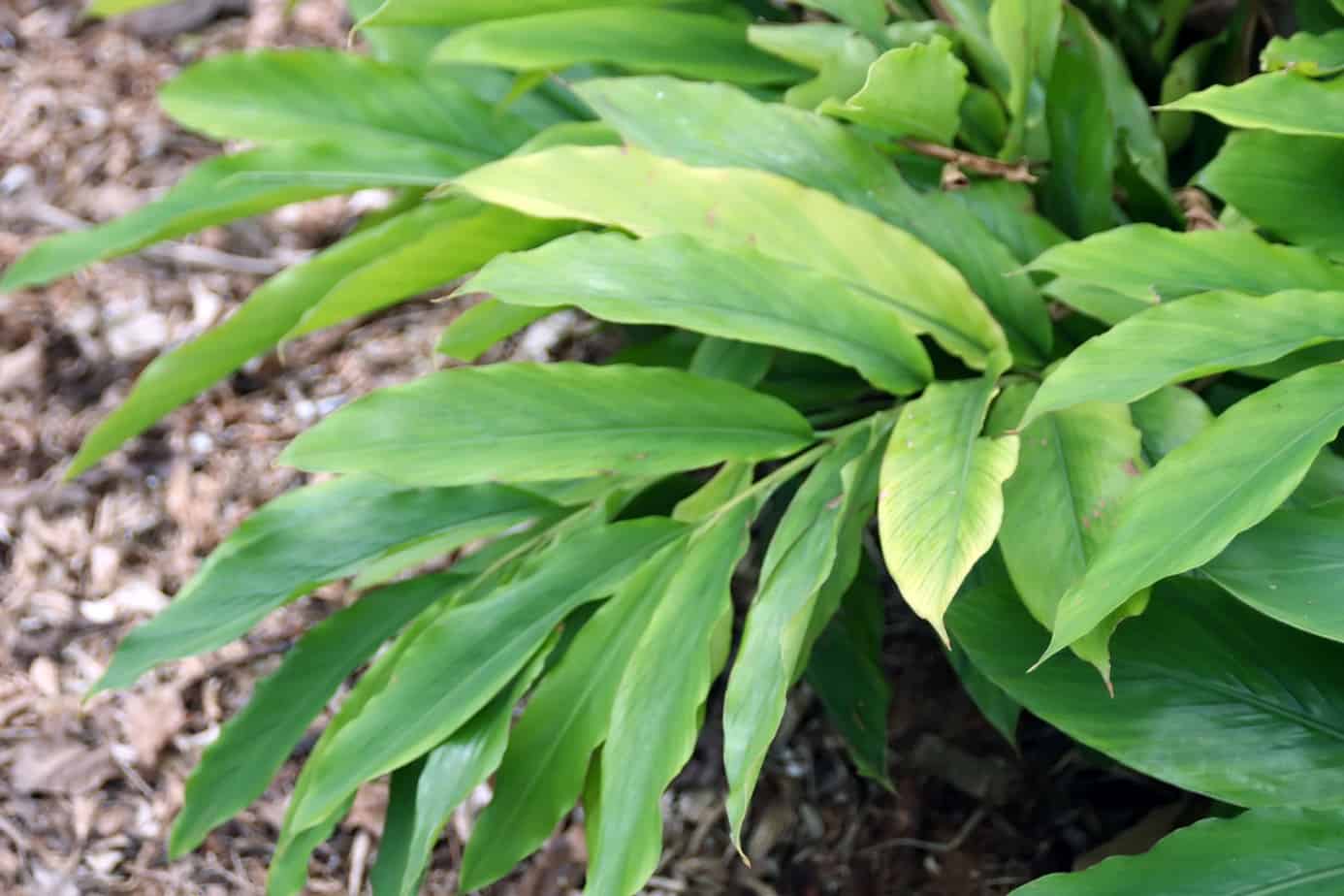
The last one on the list is the light galangal native to Eastern Archipelago. The galangal rhizomes are enormous and used as a substitute for ginger.
Only 3 left in stock (can be backordered) In stock In stock In stock
Free Shipping
$21.99
Sold By:
Gar-Zen Botanical Design
Red Brazil Bromeliad Aechmea nudicaulis
Only 3 available and it’s in 2 people’s basket Rated 4.86 out of 5 based on 49 customer ratings00
Sold By:
Gar-Zen Botanical Design
$28.64 – $59.95
Sold By:
Carlo's Plant Farm
Pineapple Florida Special | Carlo`s Plant Farm
Rated 5.00 out of 5 based on 22 customer ratings00
Sold By:
Carlo's Plant Farm
$22.00
Sold By:
Cacti and Exotica
Senecio rowleyanus—String of Pearls
Rated 4.98 out of 5 based on 59 customer ratings00
Sold By:
Cacti and Exotica
$45.99
Sold By:
Succulent Oasis
Mature Aloe Hybrid | Aloe Striata Hybrid or Ghost Aloe | A beautiul purple-gray Aloe
Rated 4.84 out of 5 based on 352 customer ratings00
Sold By:
Succulent Oasis
Galangal Plant Diseases & Pests
As this is a tropical plant, the biggest concern is if the natural territory is too cold or dry. Compared to other plants, this one can get pestered by different insects and diseases when you plant galangal.
- Growing problems – the leaves should be a glossy green, and yellowing shows it does not have sufficient nutrients. To improve this, provide the ground with nutrients and regular feeding. Another concern is overcrowding and the best is to place the galangal plants 12 inches apart.
- Pests – when it comes to galangal plant care, look out for borers that eat the underground roots. If you notice pits on the rhizomes, dig them all up but never replant these roots. Other insects are spiker mites, aphids, and grasshoppers. Remove the infected leaves and use neem oil for a moderate infestation.
- Diseases – too much moisture can lead to rust, and best to avoid overwatering. Instead, prune the infected roots and use a copper base and sulfur fungicide to treat scale infestation. Another concern is root rot resulting from waterlogged soil.
Frequently Asked Questions
Galangal plants provide many health benefits that include:
- Fights inflammation
- It helps strengthen your immune system
- Increases the sperm count
- Protects you against cancer
- It is a natural antimicrobial and supports the digestive system
- It is suitable for your skin and linked to brain health
It is similar to ginger providing a carminative, stomachic, and aromatic stimulation. You find it used for rheumatism, nausea, enteritis, and more in medicine. Asians and Europeans use it as an aphrodisiac.
The galangal root is closely related to turmeric as you can use it fresh or dried for adding flavor to food. Yet, turmeric is very spicy compared to galangal, with a bitter taste, while galangal roots are spicier and peppery.
Luckily, galangal is not a rare plant anymore, and you find the roots sold at some health stores. You can also find the plant sold at your local nursery, or you can buy it directly from Plantly right here.
Whether you want to buy, sell, or simply reach out to other plant enthusiasts, Plantly is the right place to be!
-
$10.99Sold By: Succulent Oasis
Only 1 left in stock
Medium Succulent Plant – Aloe Aristata Haworthia
Rated 4.84 out of 5 based on 352 customer ratings09Sold By: Succulent Oasis -
Free Shipping$39.99Sold By: Aloha Hawaii Orchids
$44.99In stock
Dendrobium Burana Charming Comes in 4″ Pot
Rated 4.65 out of 5 based on 268 customer ratings00Sold By: Aloha Hawaii Orchids -
$11.99Sold By: Succulent Oasis
Only 2 left in stock
Medium Cactus Plant – Mammillaria Gracilis Fragilis or “Thimble Cactus”
Only 2 available and it’s in 1 people’s basketRated 4.84 out of 5 based on 352 customer ratings02Sold By: Succulent Oasis -
$74.95 – $149.95Sold By: Carlo's Plant Farm
In stock
Chantilly Lace ‘Paniculata’ Hydrangea Shrub | Carlo`s Plant Farm
Rated 5.00 out of 5 based on 22 customer ratings00Sold By: Carlo's Plant Farm
